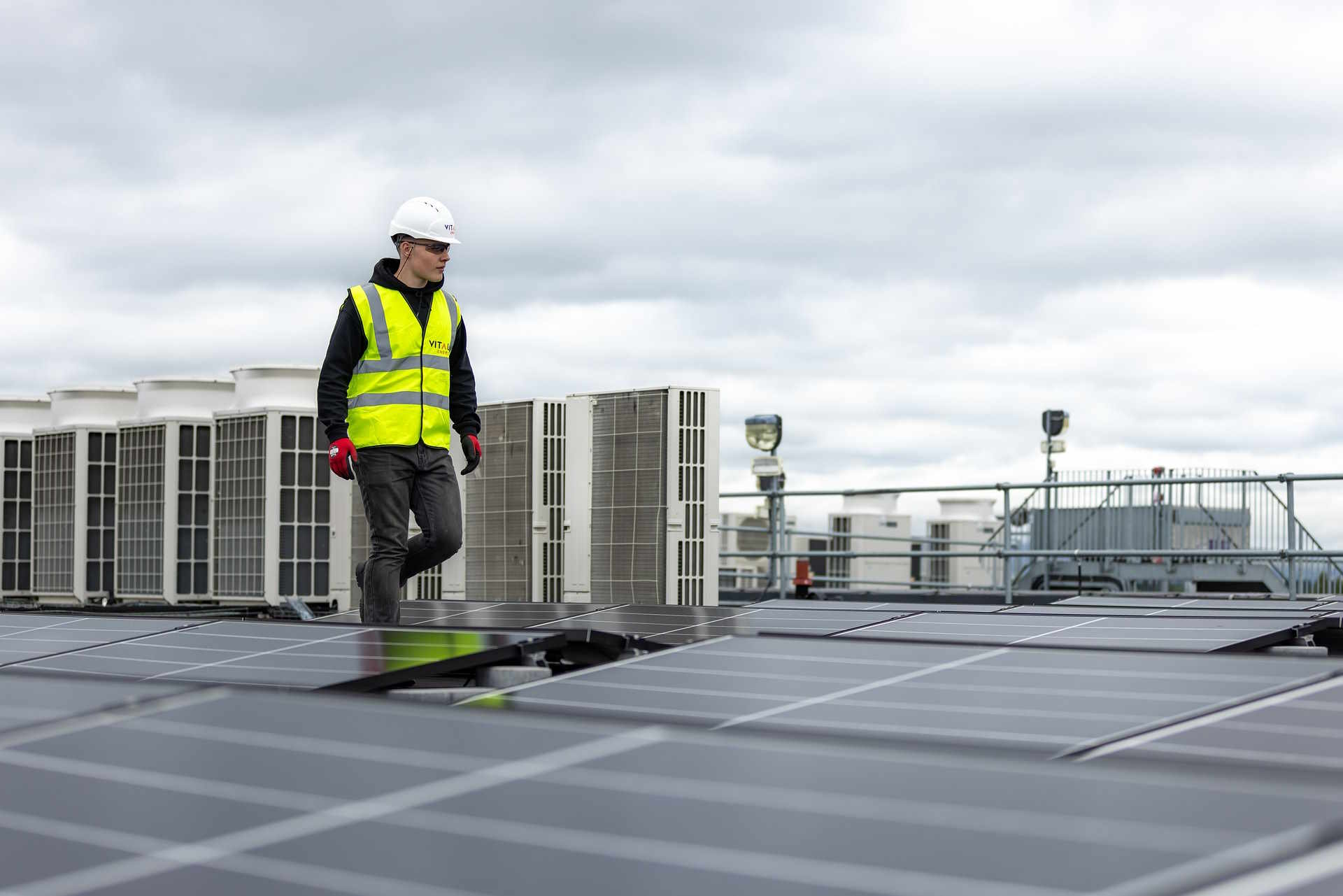Portable toilets: Mobile sanitation guardians in modern society
Portable toilets have become essential infrastructure elements across countless industries and events, providing critical sanitation services where traditional plumbing systems are unavailable or impractical. These mobile sanitation units serve millions of people daily at construction sites, outdoor festivals, emergency situations, and remote locations. From basic single-unit structures to sophisticated trailer-mounted facilities with running water and climate control, portable toilets have evolved significantly since their inception. Understanding their development, functionality, and diverse applications reveals how these seemingly simple structures play a vital role in maintaining public health standards and supporting modern society's mobility and flexibility needs.

Modern society relies heavily on portable sanitation solutions to maintain hygiene standards in temporary and remote locations. These mobile facilities serve millions of people daily across construction sites, outdoor events, emergency situations, and recreational areas where permanent restroom facilities are unavailable or impractical.
The emergence and development of portable toilets
The concept of portable sanitation dates back to ancient civilizations, but modern portable toilets emerged in the 1940s. Harvey Heather, a shipyard worker in Long Beach, California, is credited with creating the first fiberglass portable toilet in 1962. His innovation addressed the growing need for sanitary facilities at construction sites and outdoor work locations.
The industry experienced significant growth during the 1970s and 1980s as environmental regulations became stricter and workplace safety standards improved. The introduction of chemical treatments and improved ventilation systems transformed these basic structures into more hygienic and user-friendly facilities. Today’s portable toilets incorporate advanced materials, better waste management systems, and enhanced comfort features that make them suitable for various applications.
How portable toilets work
Portable toilets operate on a simple yet effective principle of waste containment and chemical treatment. The basic unit consists of a holding tank, toilet seat, and waste receptacle. Chemical additives, typically blue or green in color, serve multiple purposes: they break down waste, control odors, and provide disinfection properties.
The waste management process begins when users deposit waste into the holding tank. Chemical treatments immediately begin breaking down solid matter while neutralizing odors. Ventilation systems, often passive but sometimes powered, help maintain air circulation and reduce unpleasant smells. Regular servicing involves pumping out waste, cleaning the unit, and replenishing chemical treatments and supplies.
Advanced models include features like hand sanitizer dispensers, improved lighting, and enhanced ventilation systems. Some units incorporate solar-powered fans, foot-operated sinks, and even air conditioning for premium applications.
Diverse types of portable toilets
The portable toilet industry offers numerous specialized units designed for different applications and user needs. Standard units represent the most common type, featuring basic amenities suitable for construction sites and general outdoor use. These typically include a toilet seat, small urinal, and basic ventilation.
Handicap-accessible units provide larger interiors with grab bars, wheelchair-friendly dimensions, and easier access for individuals with mobility challenges. Luxury restroom trailers offer multiple stalls, running water, mirrors, and climate control, making them popular for weddings and upscale events.
Specialty units include high-rise models designed for multi-story construction projects, flushable units that connect to water sources, and VIP units with enhanced comfort features. Some manufacturers produce units specifically for women, featuring better lighting, mirrors, and feminine hygiene product dispensers.
| Unit Type | Provider | Cost Estimation |
|---|---|---|
| Standard Unit | United Site Services | $200-300/month |
| Handicap Accessible | Waste Management | $250-350/month |
| Luxury Trailer | CALLAHEAD | $800-1,500/week |
| High-Rise Unit | Portable Restroom Trailers | $300-450/month |
| VIP Unit | Royal Restrooms | $400-600/week |
Prices, rates, or cost estimates mentioned in this article are based on the latest available information but may change over time. Independent research is advised before making financial decisions.
Advantages of portable toilets
Portable toilets offer numerous benefits that make them essential for temporary and remote applications. Cost-effectiveness represents a primary advantage, as installing permanent restroom facilities would be prohibitively expensive for short-term projects or events. These units can be deployed quickly and relocated as needed, providing flexibility that permanent structures cannot match.
Environmental benefits include reduced water consumption compared to traditional flush toilets and proper waste containment that prevents groundwater contamination. Modern chemical treatments are increasingly eco-friendly, with many companies developing biodegradable formulations that minimize environmental impact.
Health and safety advantages include providing essential sanitation facilities in areas where none would otherwise exist. This helps prevent the spread of disease and maintains workplace safety standards. Compliance with occupational health regulations often requires adequate restroom facilities, making portable toilets legally necessary for many projects.
Convenience factors include 24/7 availability, no need for plumbing connections, and the ability to serve large numbers of people efficiently. Many units require minimal maintenance between services, making them practical for extended deployments.
The future development of portable toilets
Technological advancement continues to drive innovation in portable sanitation. Smart toilets equipped with sensors can monitor usage levels, chemical concentrations, and maintenance needs, automatically alerting service providers when attention is required. This technology reduces service costs and improves user experience by ensuring units are always properly maintained.
Sustainability initiatives are pushing the industry toward more environmentally friendly solutions. Solar-powered ventilation and lighting systems reduce energy consumption, while advanced waste treatment methods minimize chemical usage. Some manufacturers are developing composting toilet systems that eliminate the need for chemical treatments entirely.
User experience improvements include better odor control systems, enhanced lighting, and more comfortable interiors. Premium units increasingly resemble traditional restrooms, with features like porcelain fixtures, running water, and climate control becoming more common.
Digital integration allows users to locate nearby units through smartphone apps, while service providers can optimize routes and scheduling through GPS tracking and usage monitoring. These technological advances promise to make portable toilets more efficient, environmentally friendly, and user-friendly in the coming years.
The portable toilet industry continues evolving to meet changing needs while maintaining its core mission of providing essential sanitation services wherever and whenever they’re needed. As urbanization increases and outdoor activities become more popular, these mobile sanitation guardians will remain crucial components of public health infrastructure.




